I’ve found that foraging in my own backyard is one of the most rewarding and sustainable ways to get fresh, nutritious food. There’s something deeply satisfying about discovering edible wild plants, fruits, and even fungi just steps from my door.
Not only does foraging provide unique flavors for my meals, but it also helps me connect with nature in a new way. If you’re curious about what you might be able to find around your own home, here are 15 wild foods that I’ve come across right in my backyard.
1. Dandelions

Dandelions are more than just a weed; every part of this plant is edible. The leaves are rich in vitamins A, C, and K, and can be used in salads or sautéed. The flowers can be used to make dandelion wine or tea, while the roots can be roasted and brewed into a coffee substitute.
2. Wild Garlic

If you’ve got a shady spot in your yard, you might find wild garlic growing. The leaves, bulbs, and flowers are all edible and have a mild garlic flavor. It’s perfect for spicing up salads, soups, or pestos.
3. Chickweed
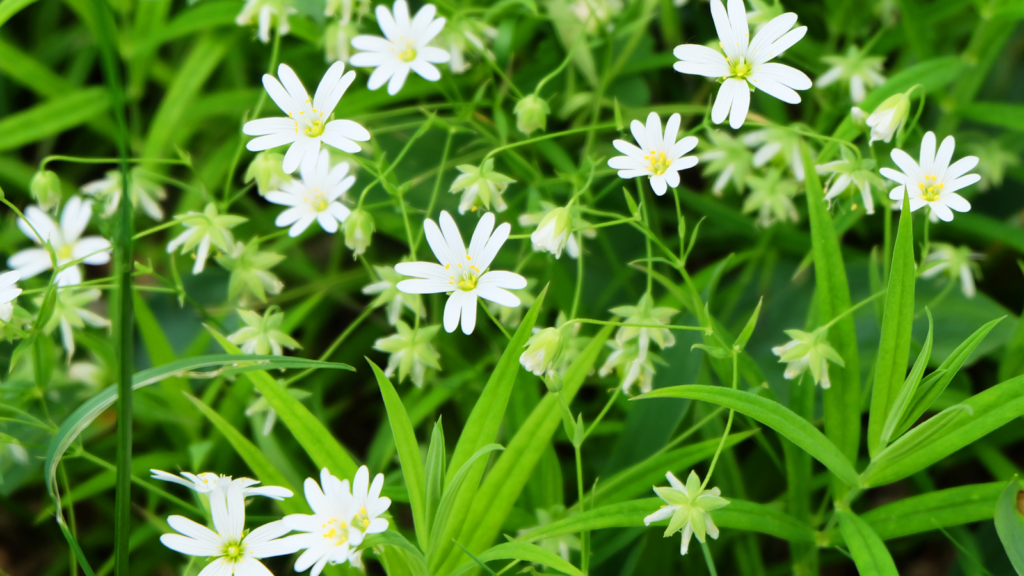
Chickweed is a common ground cover that’s packed with vitamins and minerals. Its mild flavor makes it great in salads or as a garnish. It’s also used in herbal medicine for its anti-inflammatory properties.
4. Wood Sorrel

With its bright, lemony taste, wood sorrel is often mistaken for clover. Its leaves, flowers, and seed pods are edible and add a tangy zest to salads and soups. Wood sorrel is also high in vitamin C.
5. Plantain
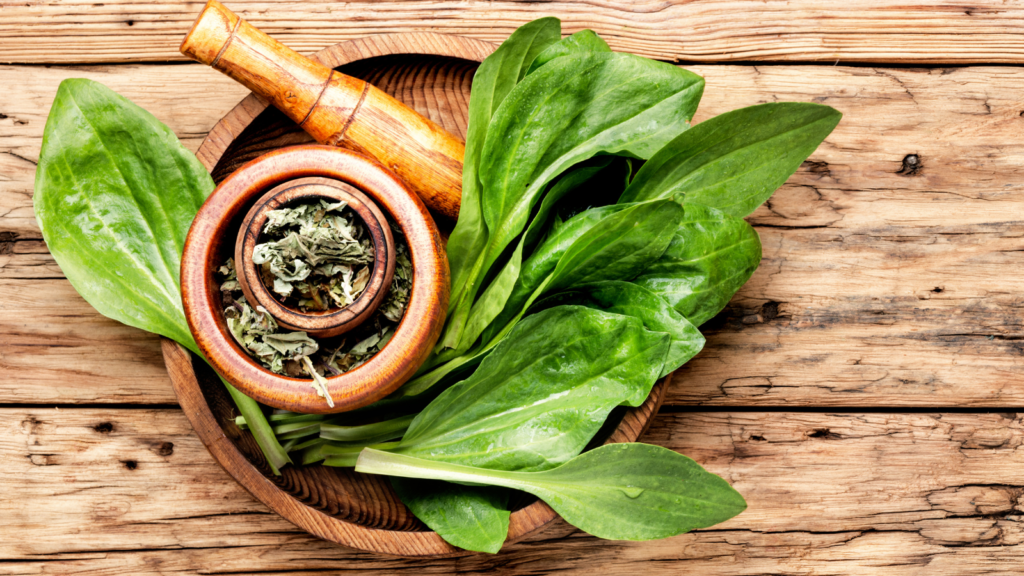
Not to be confused with the banana-like fruit, plantain leaves are edible and medicinal. They can be cooked like spinach or used in teas. The young leaves are best for eating raw, and they have a slightly bitter taste.
6. Clover
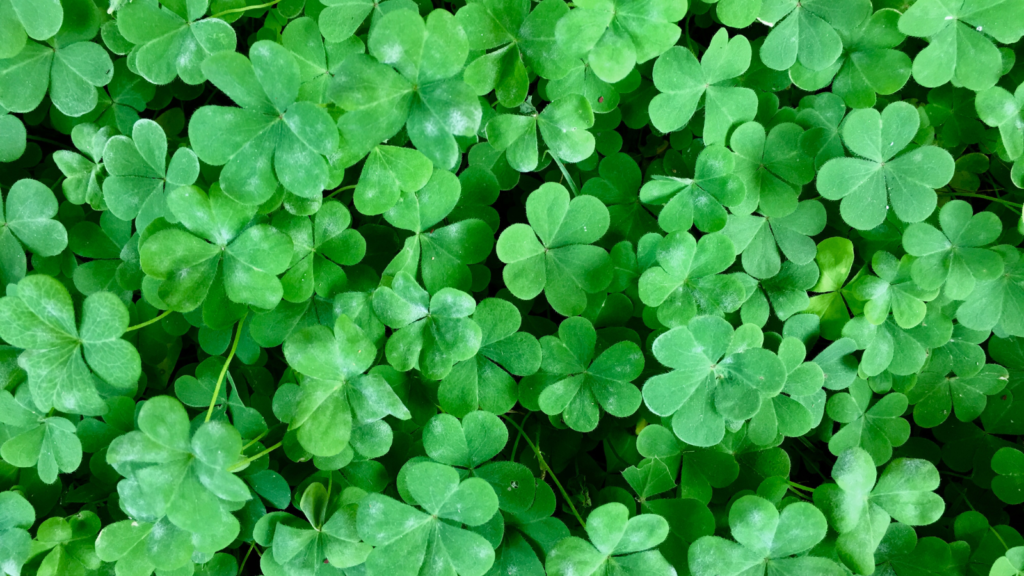
Both red and white clover are edible and nutritious. Clover leaves can be eaten raw or cooked, while the flowers can be dried for tea or added to salads for a mild, sweet flavor.
7. Wild Violets
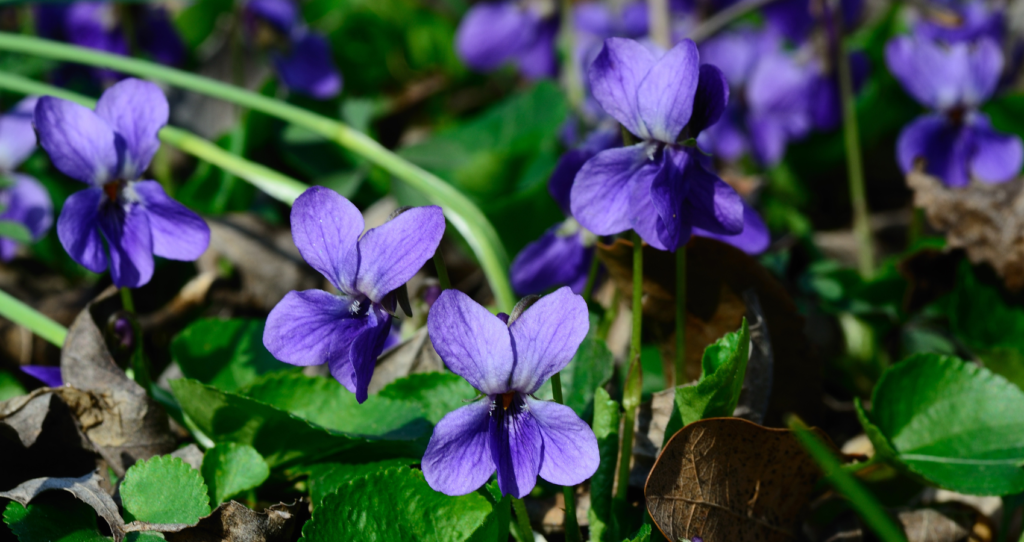
Wild violets produce edible flowers and leaves. The leaves are high in vitamins A and C and can be added to salads or smoothies, while the flowers are perfect for decorating desserts or brewing into tea.
8. Purslane
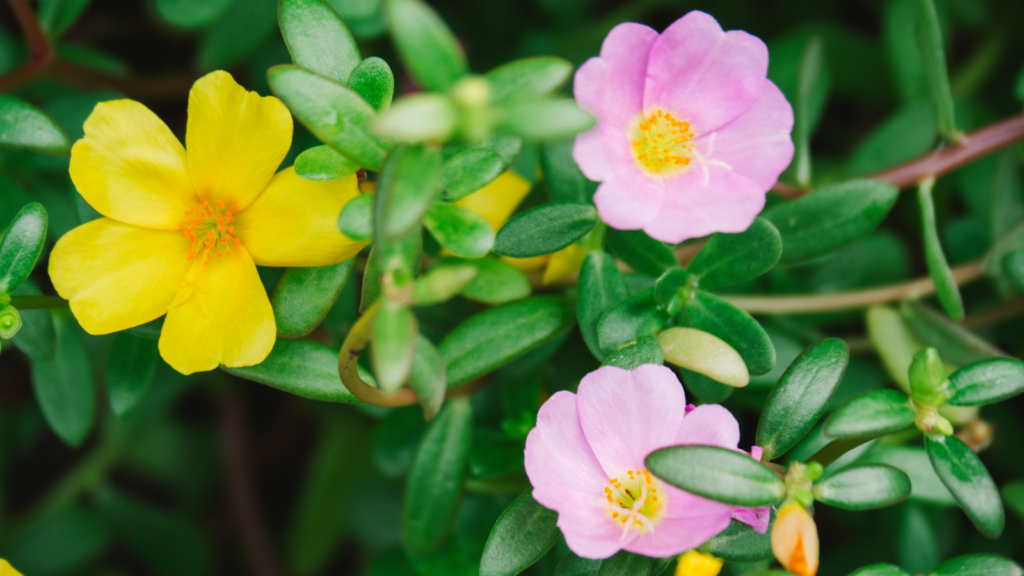
Purslane is a succulent plant that’s rich in omega-3 fatty acids. It has a slightly sour, salty flavor and can be used in salads or stir-fried like spinach. It’s a common weed, so you might find it growing between cracks in sidewalks or in garden beds.
9. Lamb’s Quarters
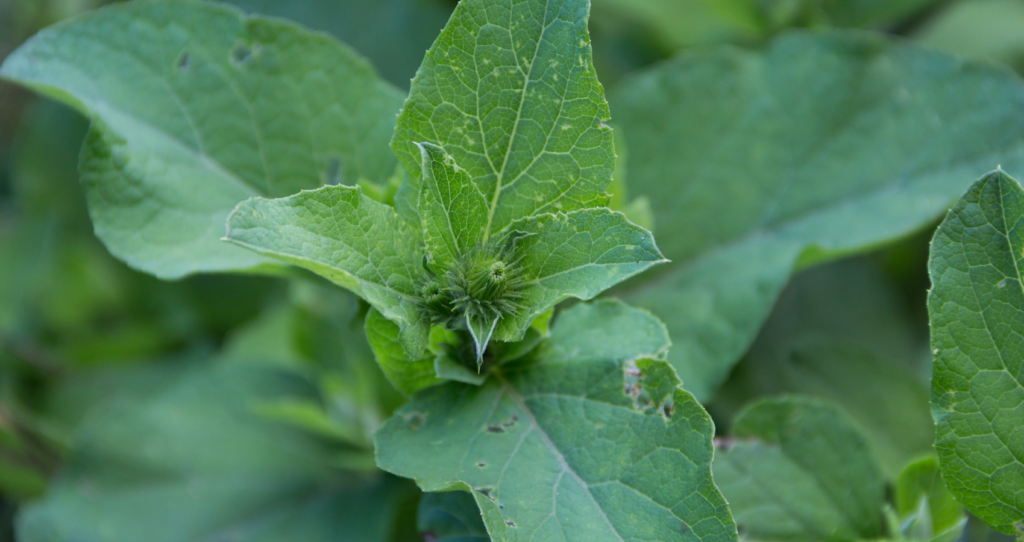
Often referred to as wild spinach, lamb’s quarters is packed with nutrients and tastes similar to spinach. It can be used in salads, soups, or sautéed. The seeds can also be ground into flour.
10. Nettle

Stinging nettles are edible once cooked and lose their sting when heated. They’re highly nutritious, containing iron, calcium, and vitamins. Nettle can be used in soups, teas, or even as a spinach substitute in many dishes.
11. Acorns

Acorns from oak trees can be foraged and processed into flour. While they need to be leached to remove tannins, acorn flour is rich in nutrients and can be used in baking. It’s a fantastic wild alternative to regular flour.
12. Cattails
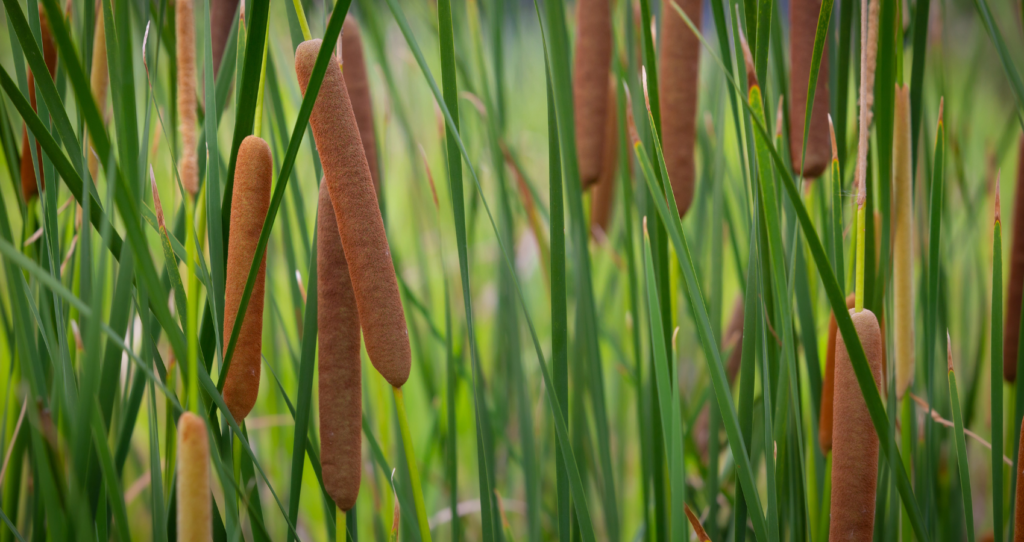
Cattails grow near water, and almost every part of the plant is edible. The shoots, roots, and pollen can be harvested. Cattail shoots can be eaten raw or cooked, while the roots can be processed into flour.
13. Elderberries
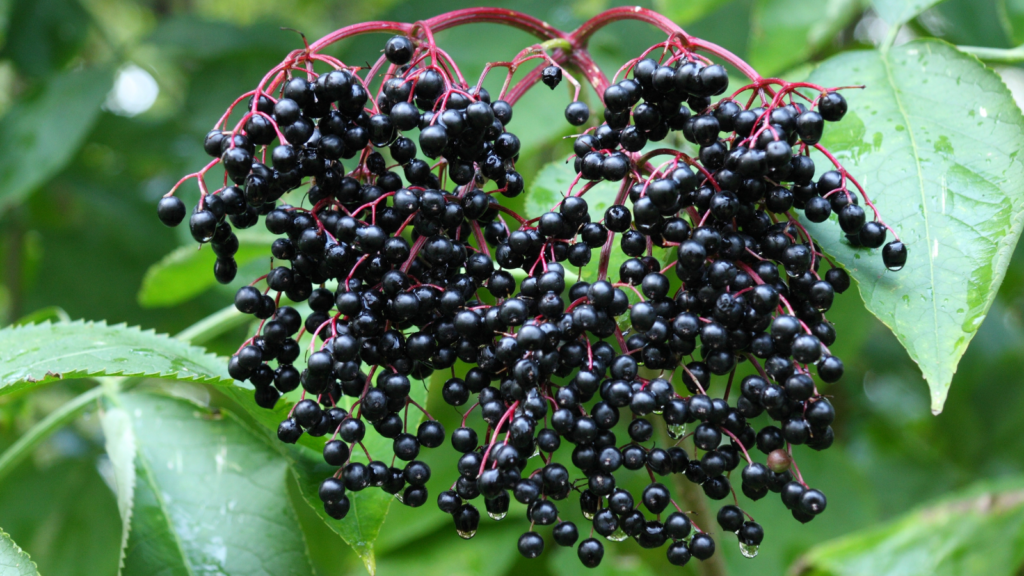
Elderberry bushes produce both edible flowers and berries. The berries need to be cooked to remove toxins but can be made into jams, syrups, or wine. The flowers can be used to make tea or elderflower cordial.
14. Blackberries
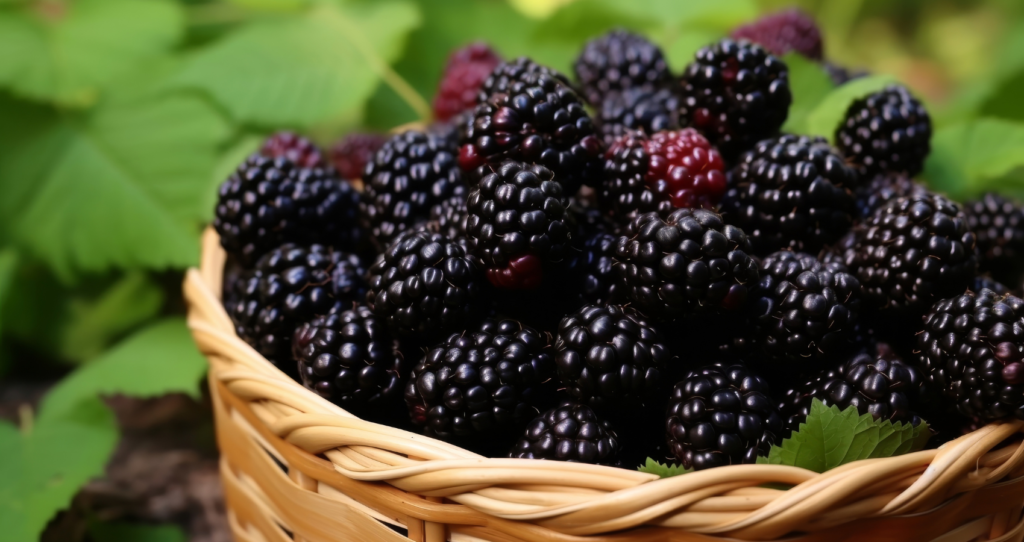
If you have brambles in your yard, they might produce blackberries in the summer. These berries are delicious fresh or can be used in pies, jams, and syrups. The leaves can also be used to brew tea.
15. Mushrooms (e.g., Puffballs, Morels)
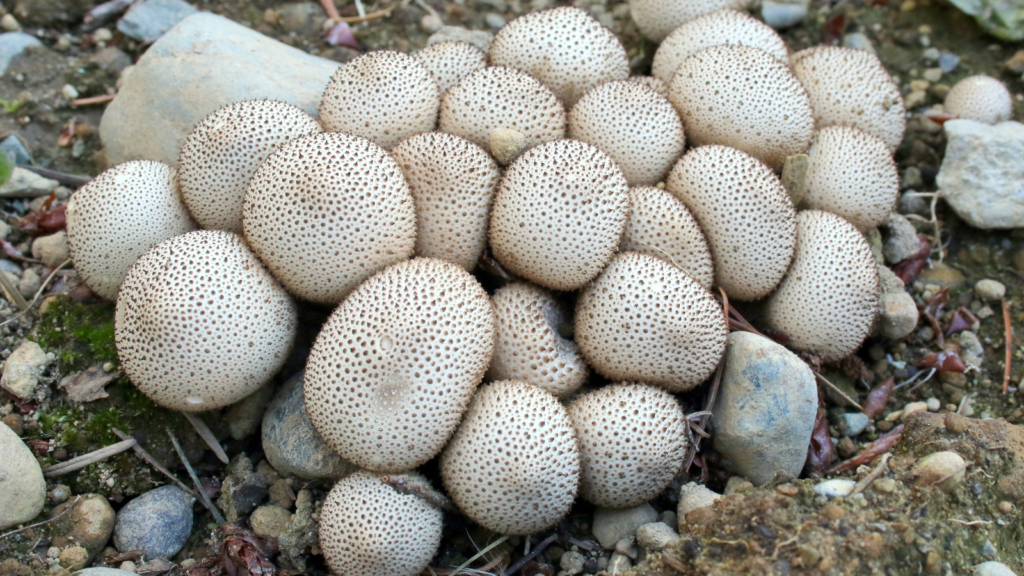
Many edible mushrooms, like puffballs and morels, can grow in backyard environments. Puffballs are easy to identify and should be harvested before they mature. Morels, with their distinctive honeycomb appearance, are a prized wild mushroom, though mushroom foraging should only be done by those knowledgeable about identifying safe species.

